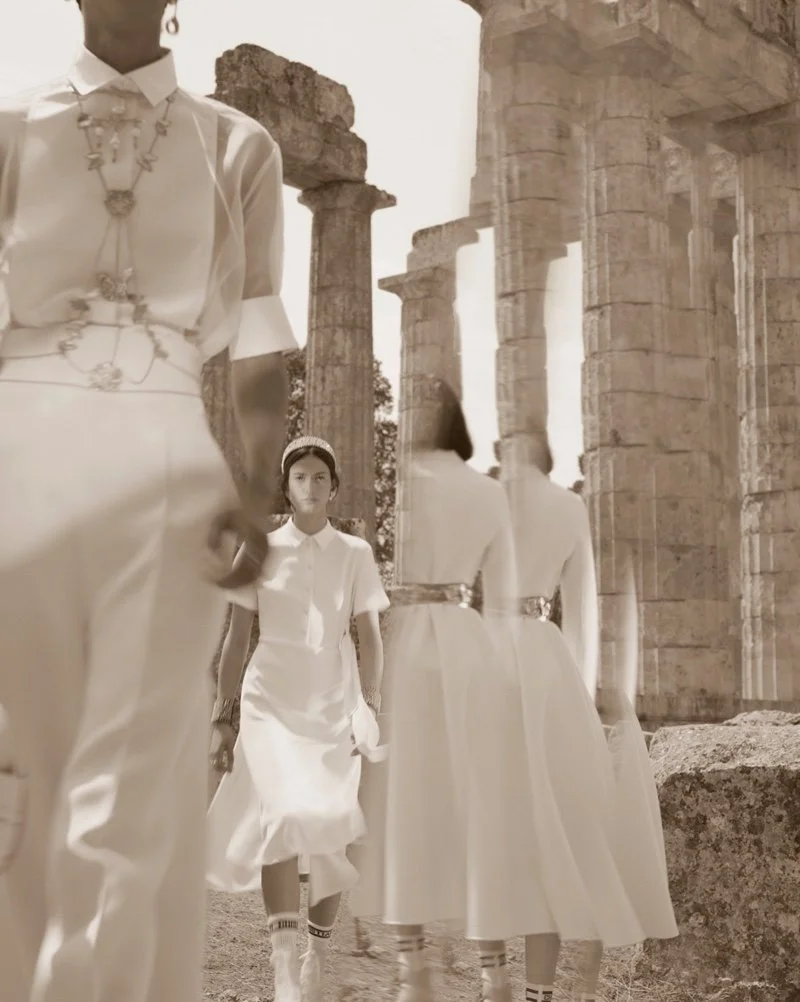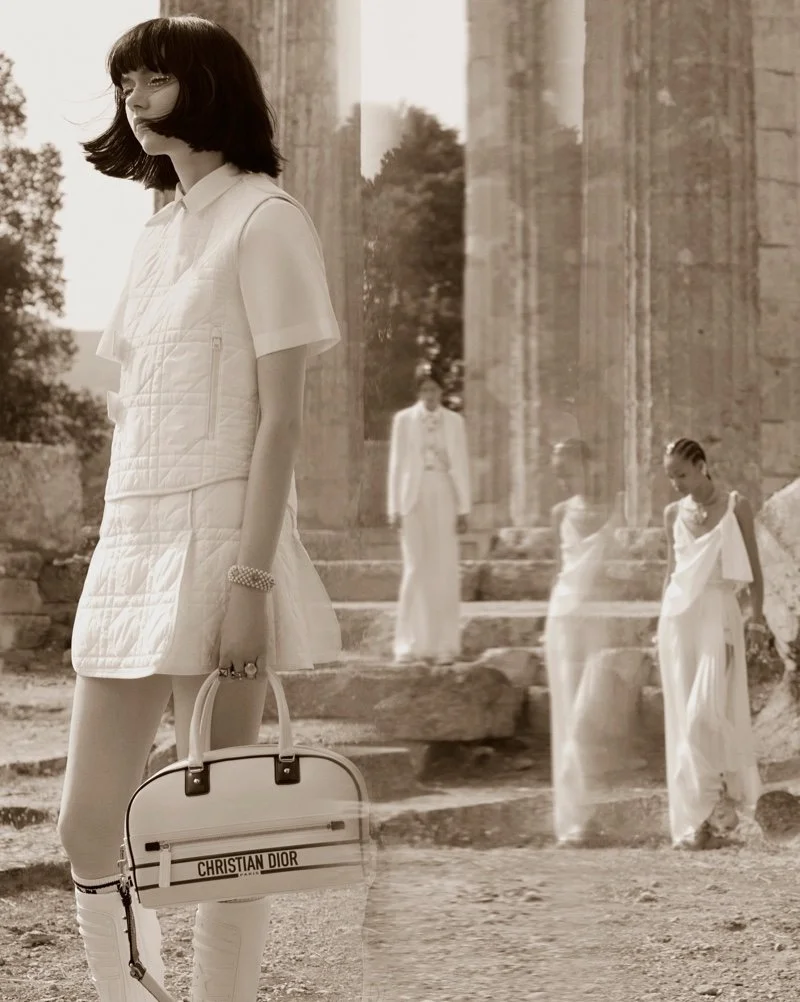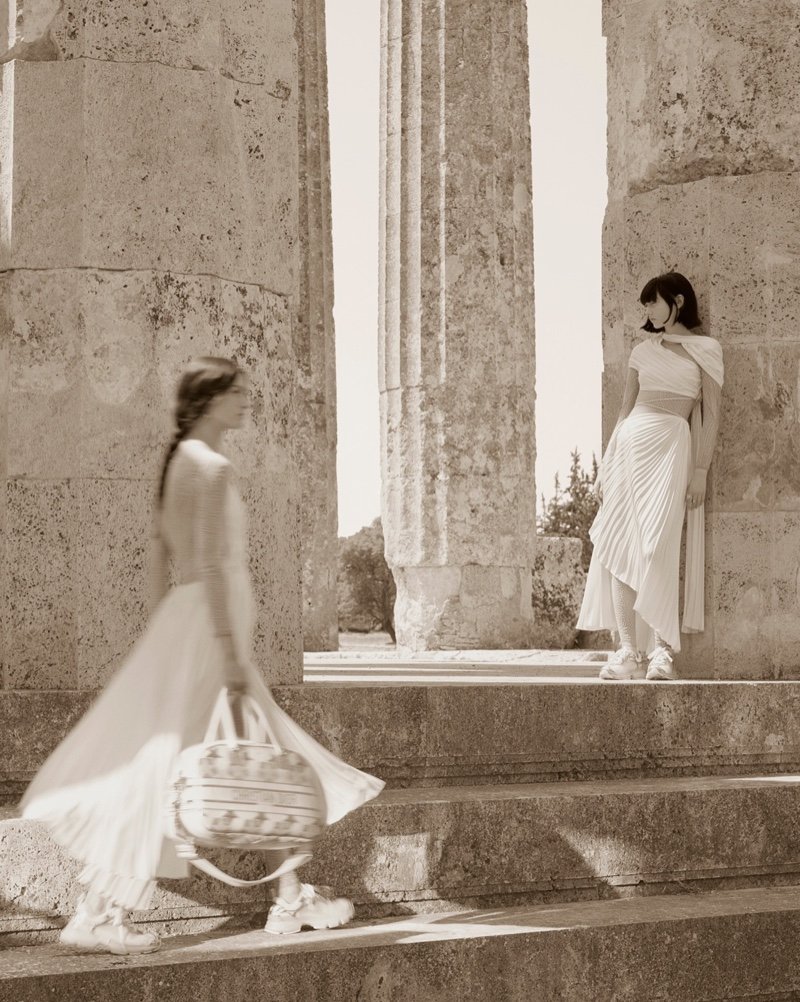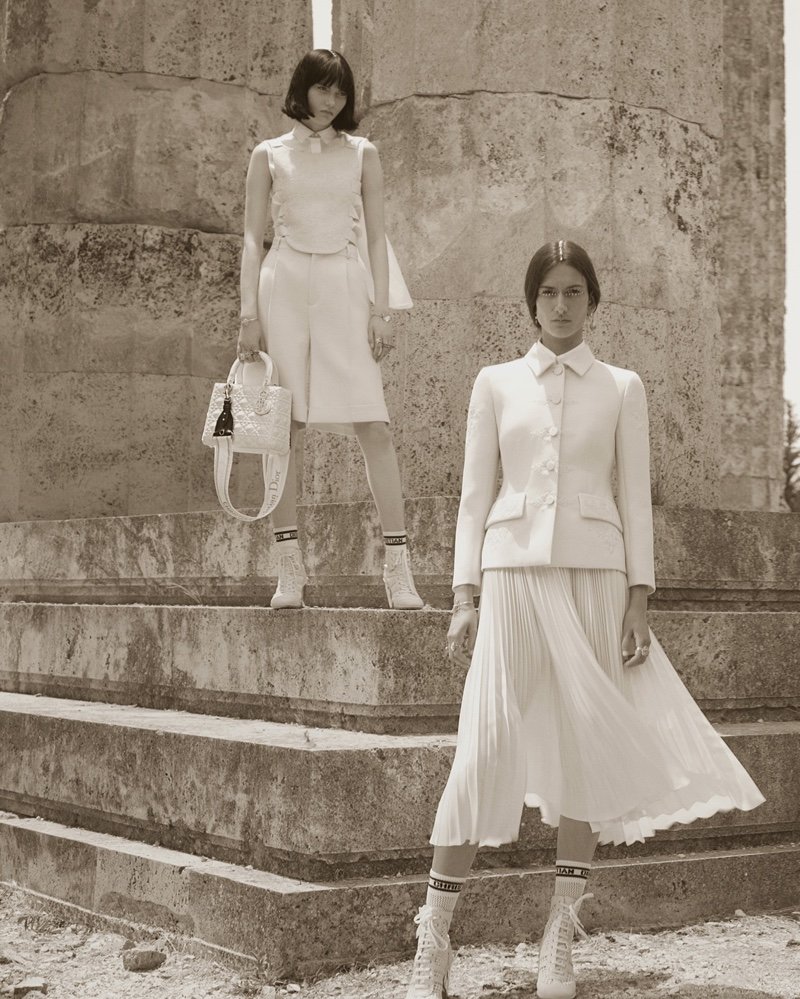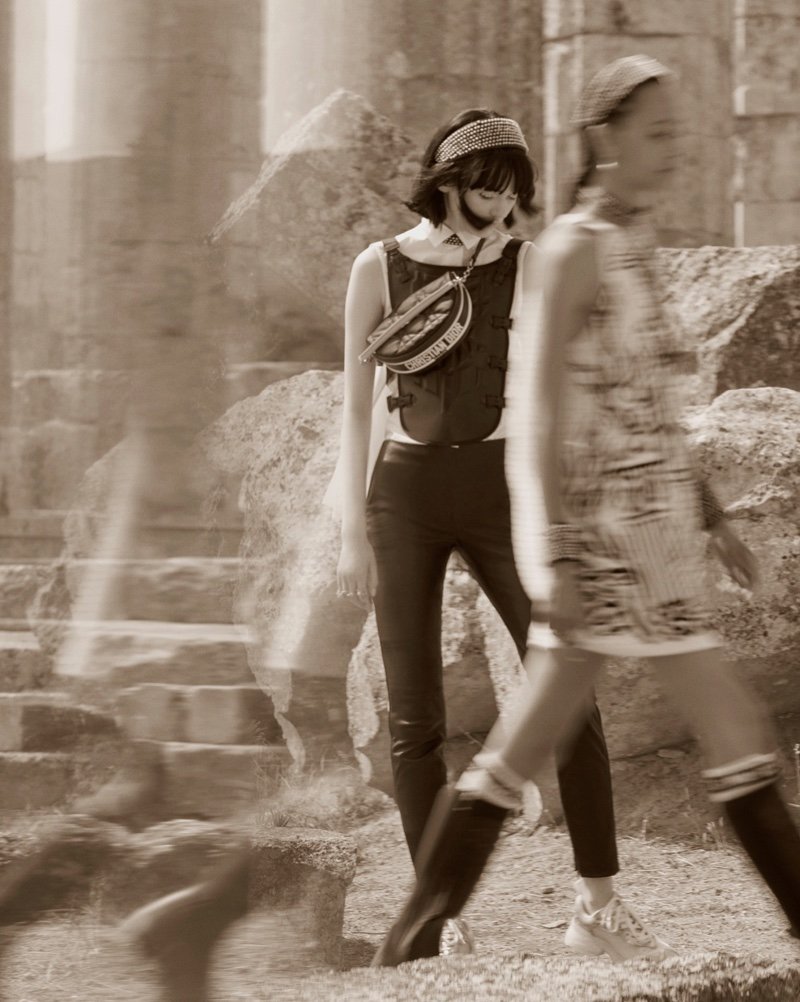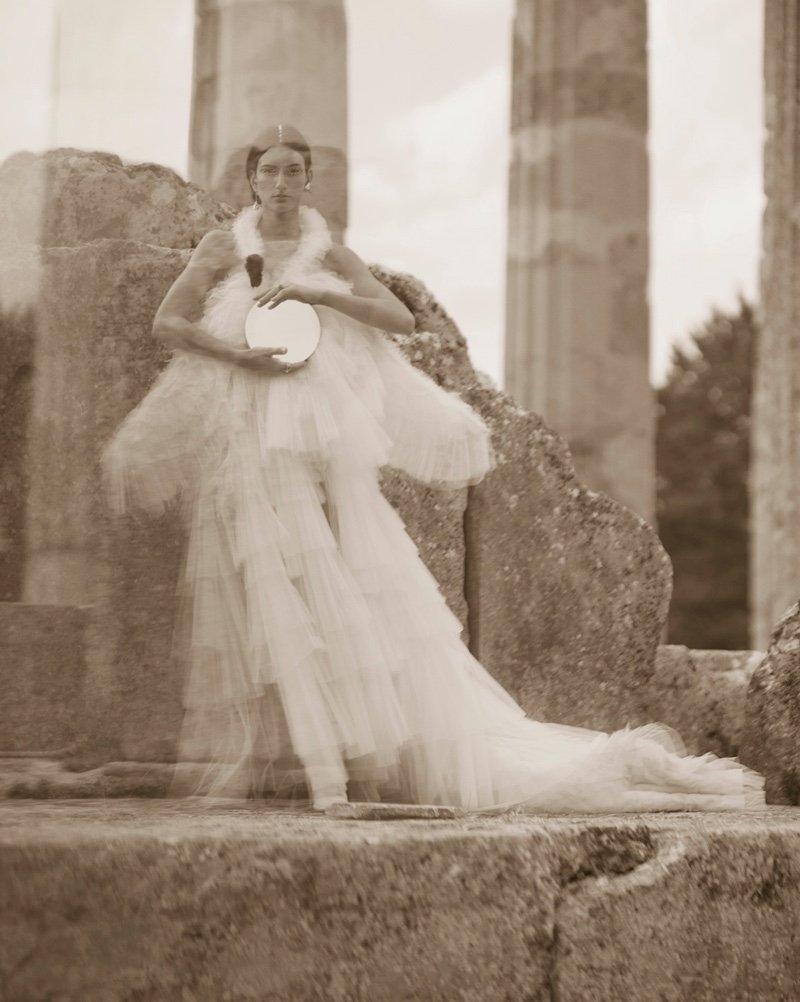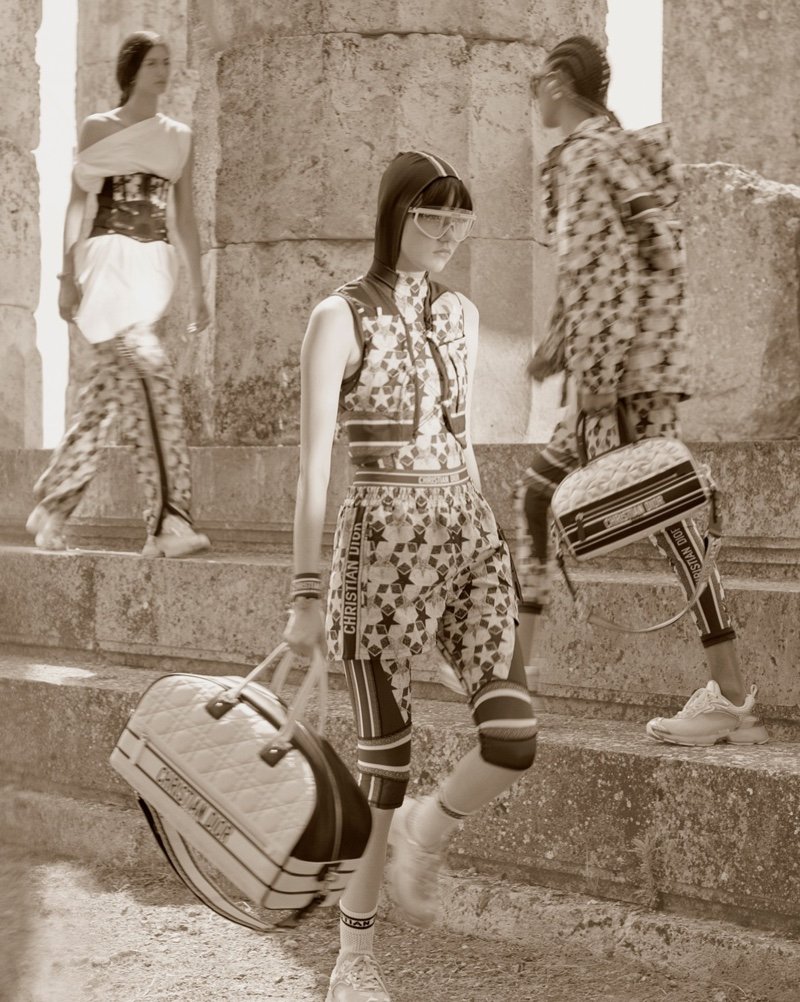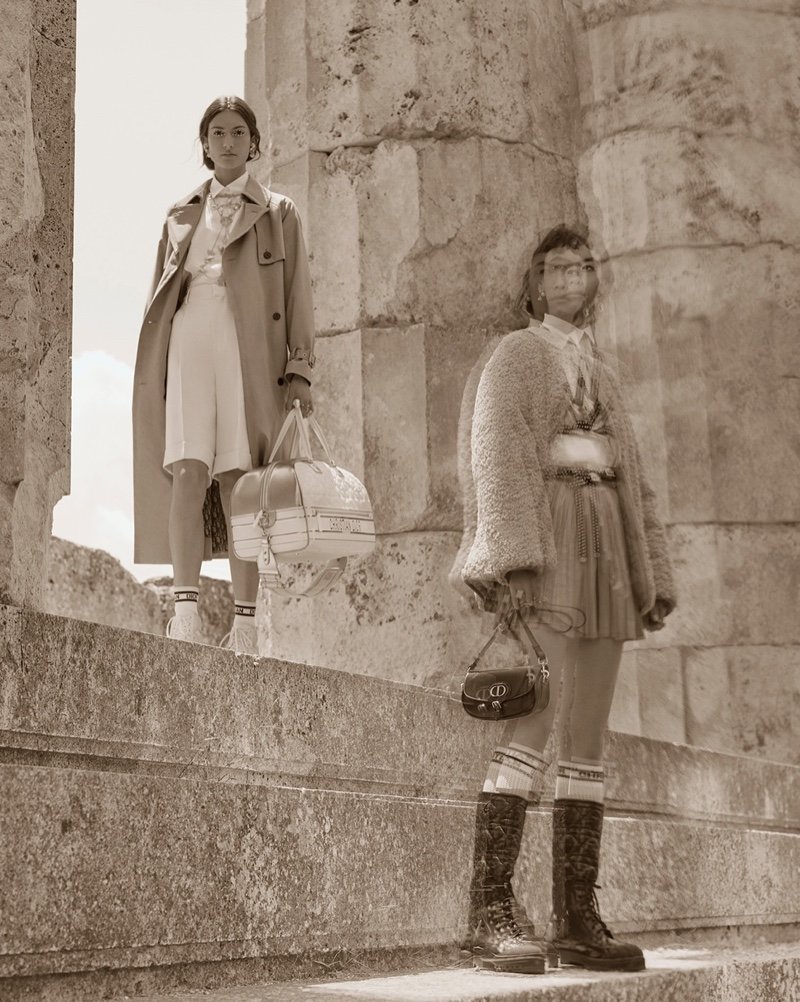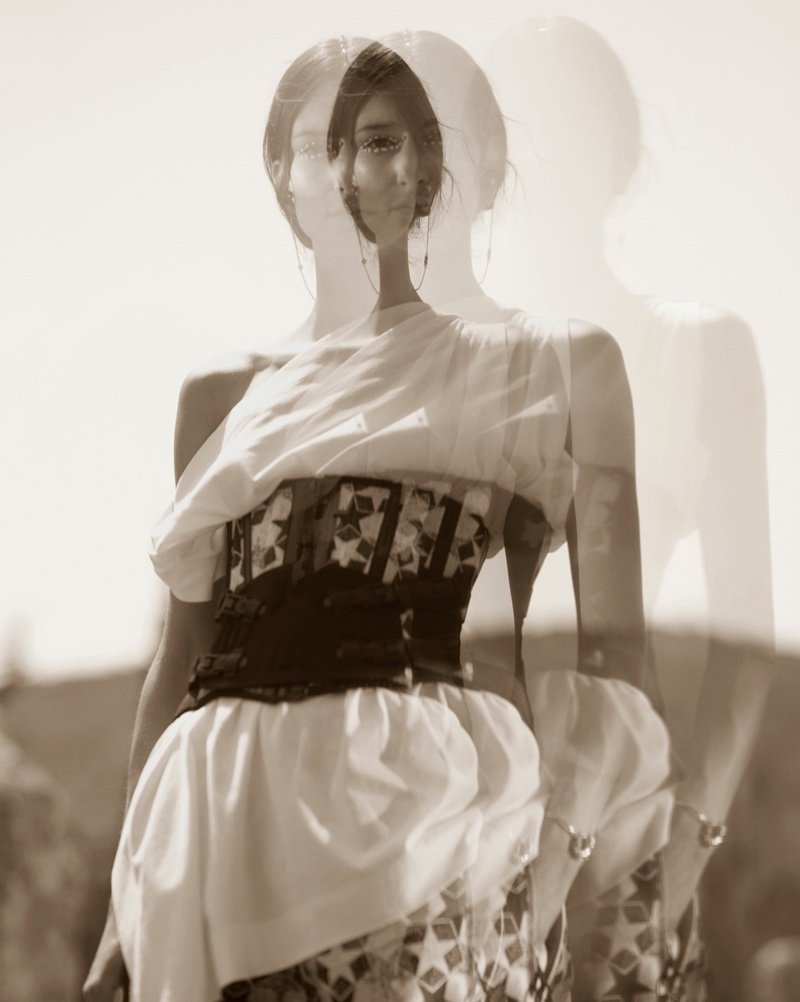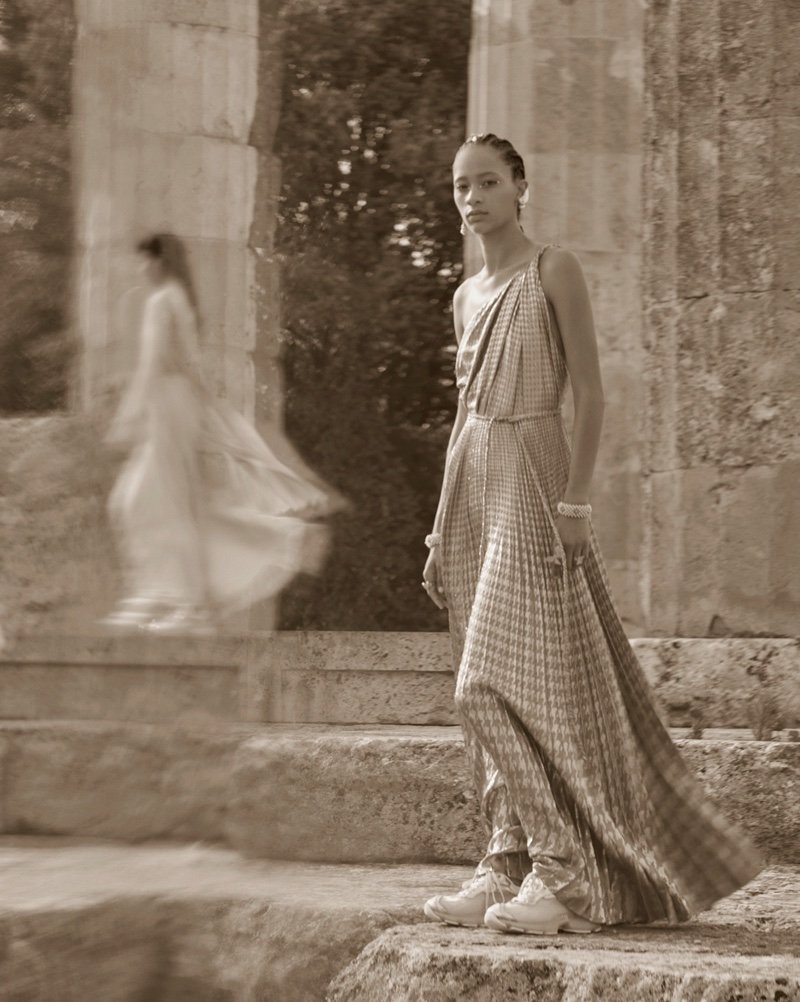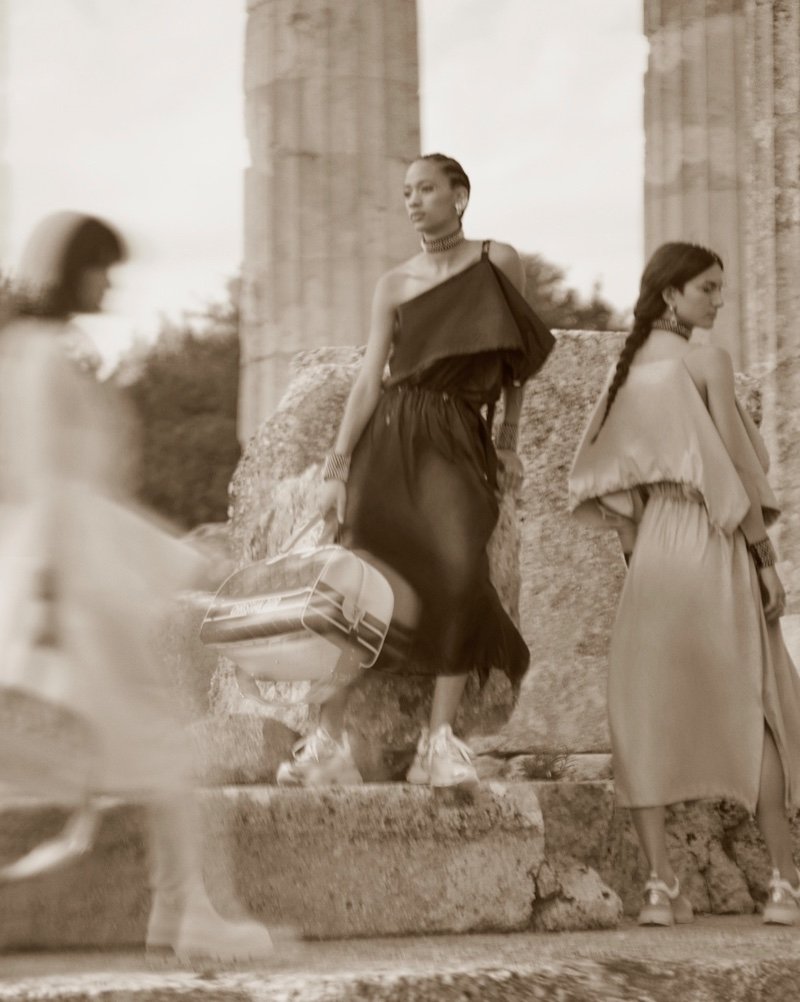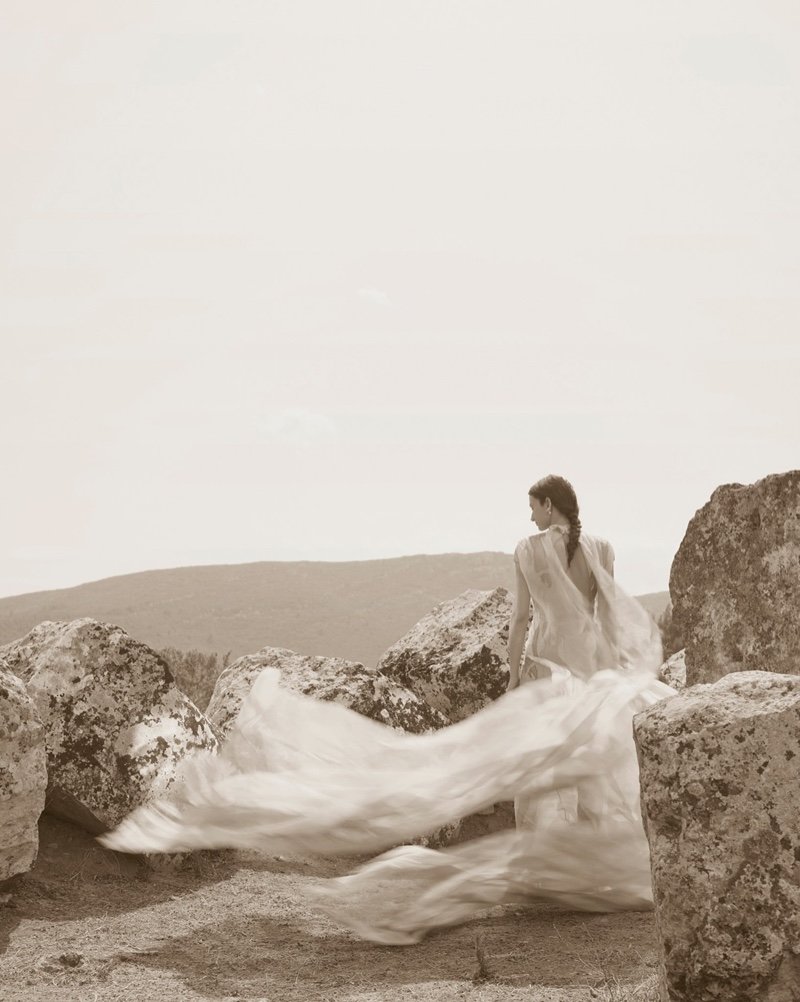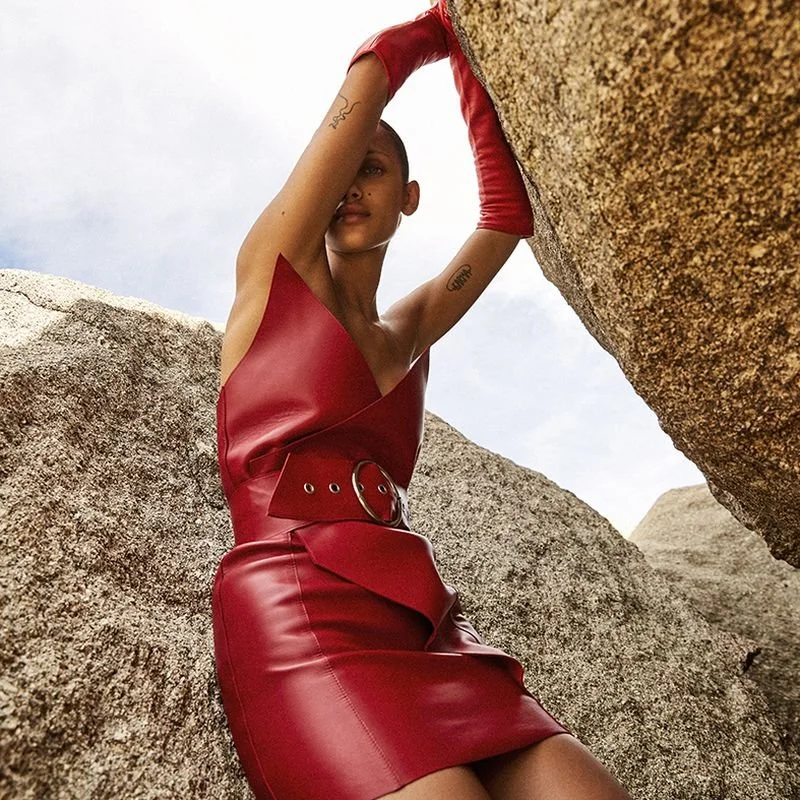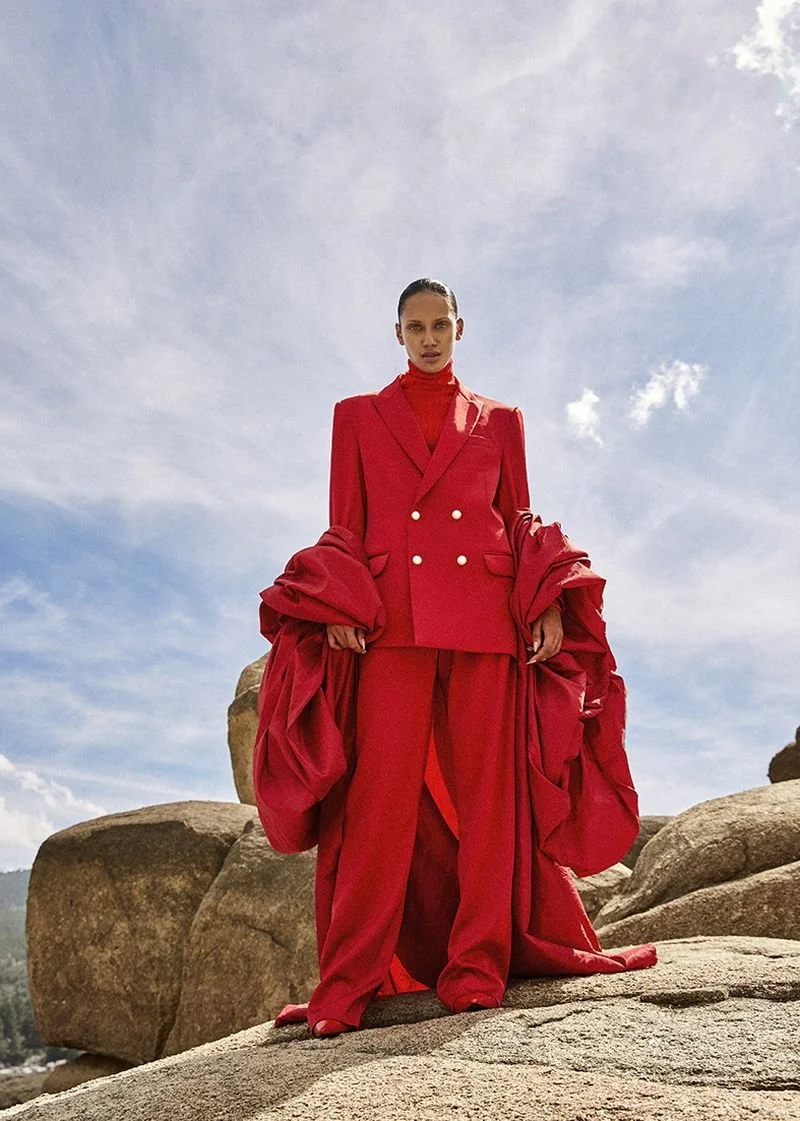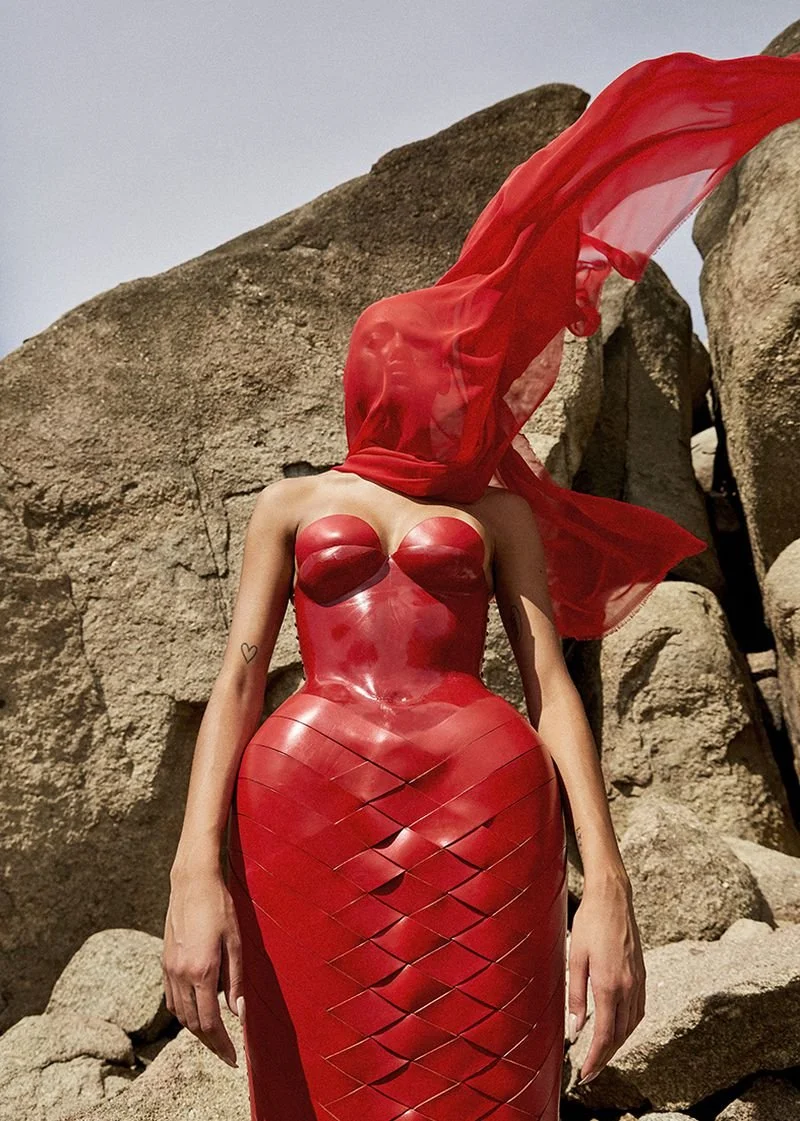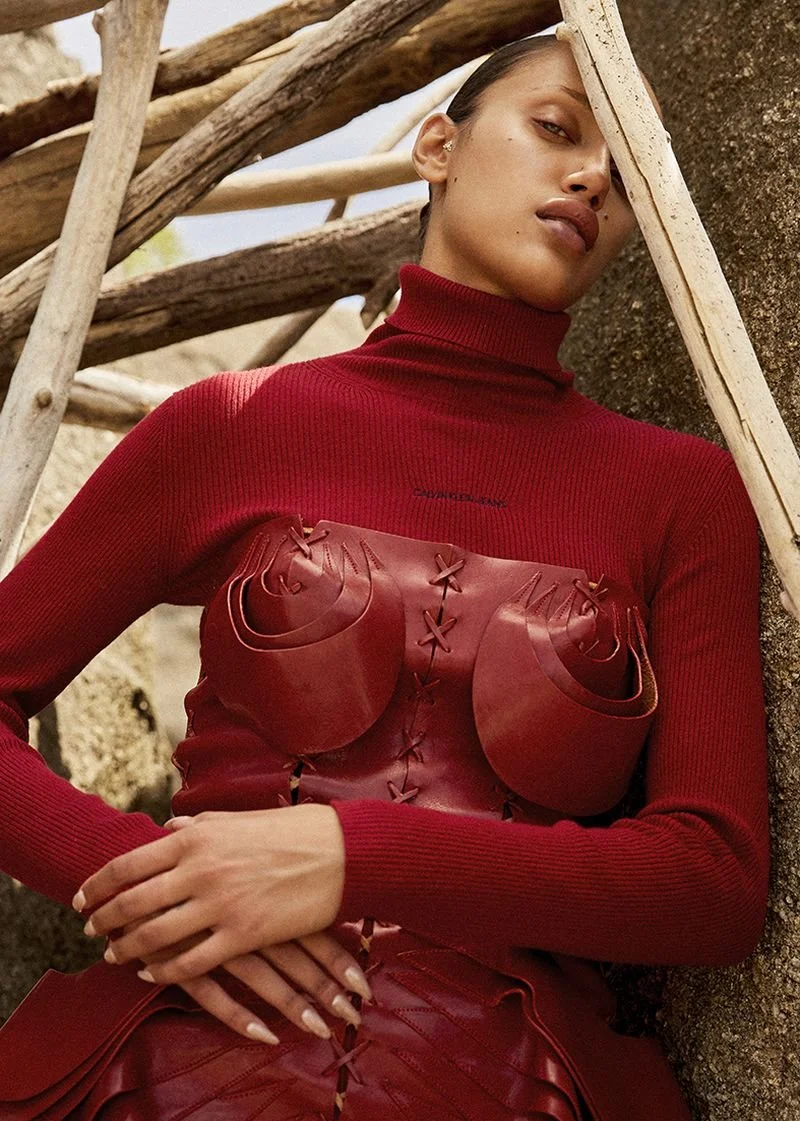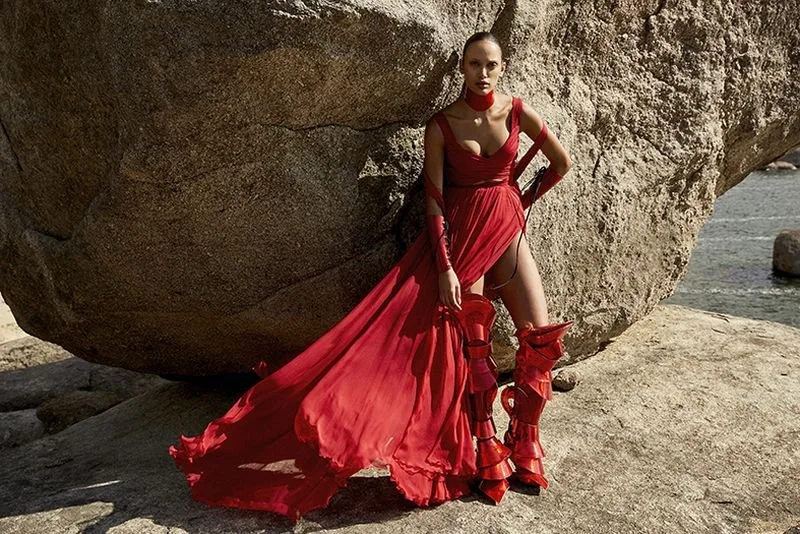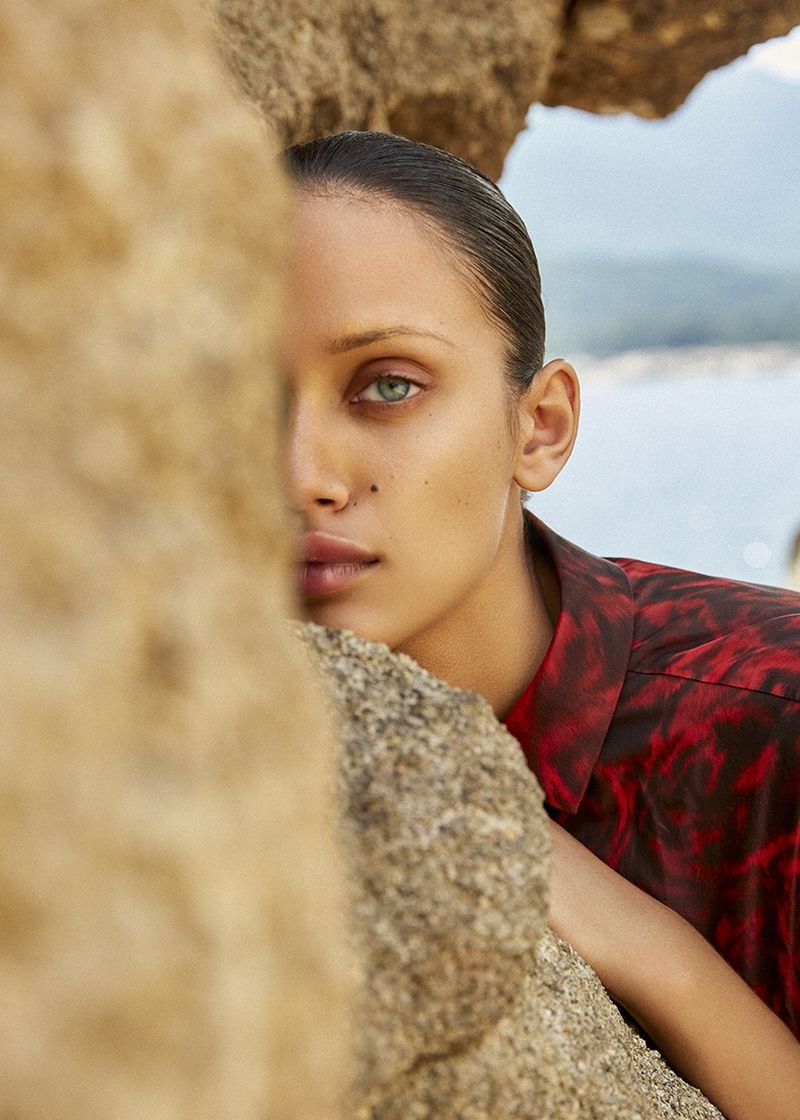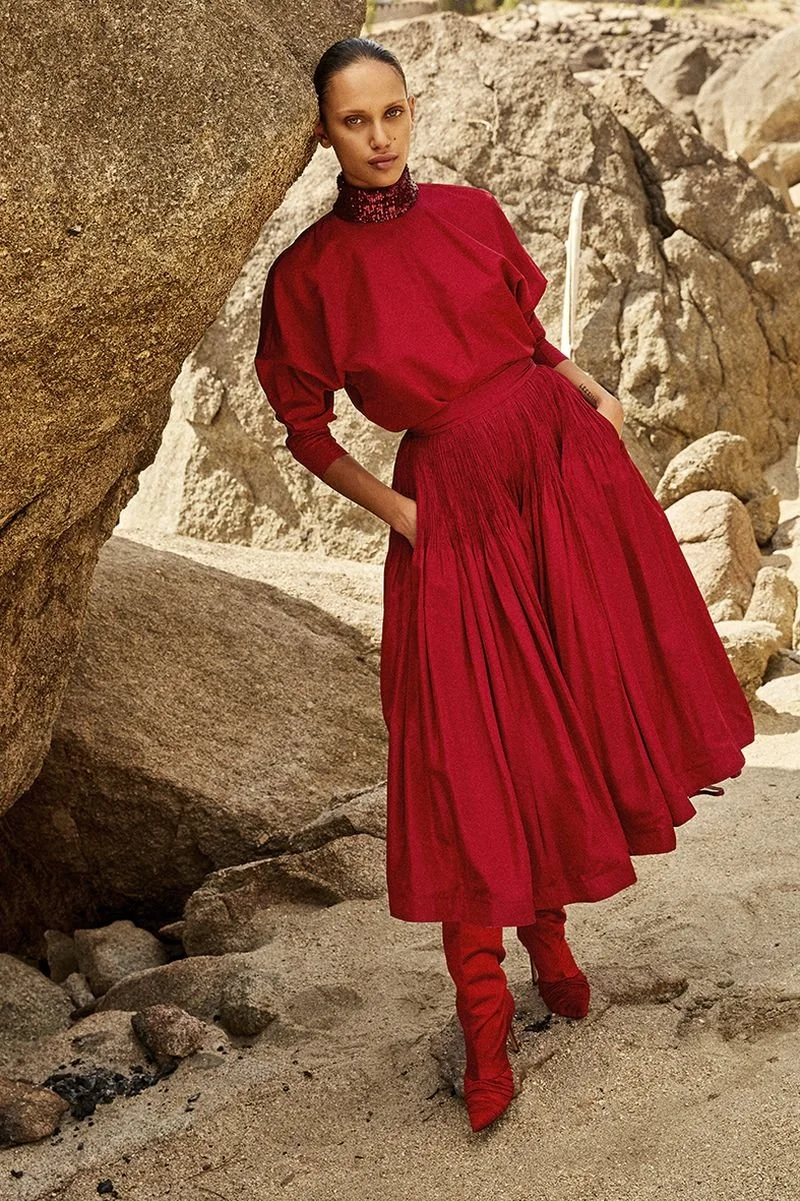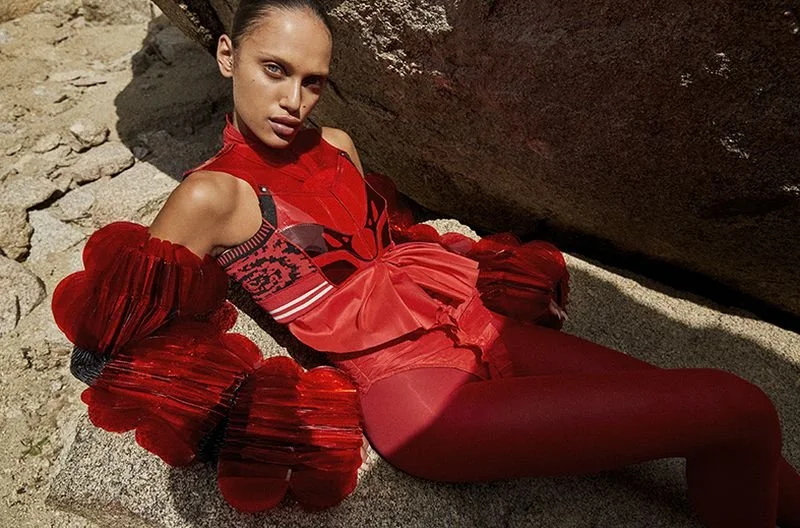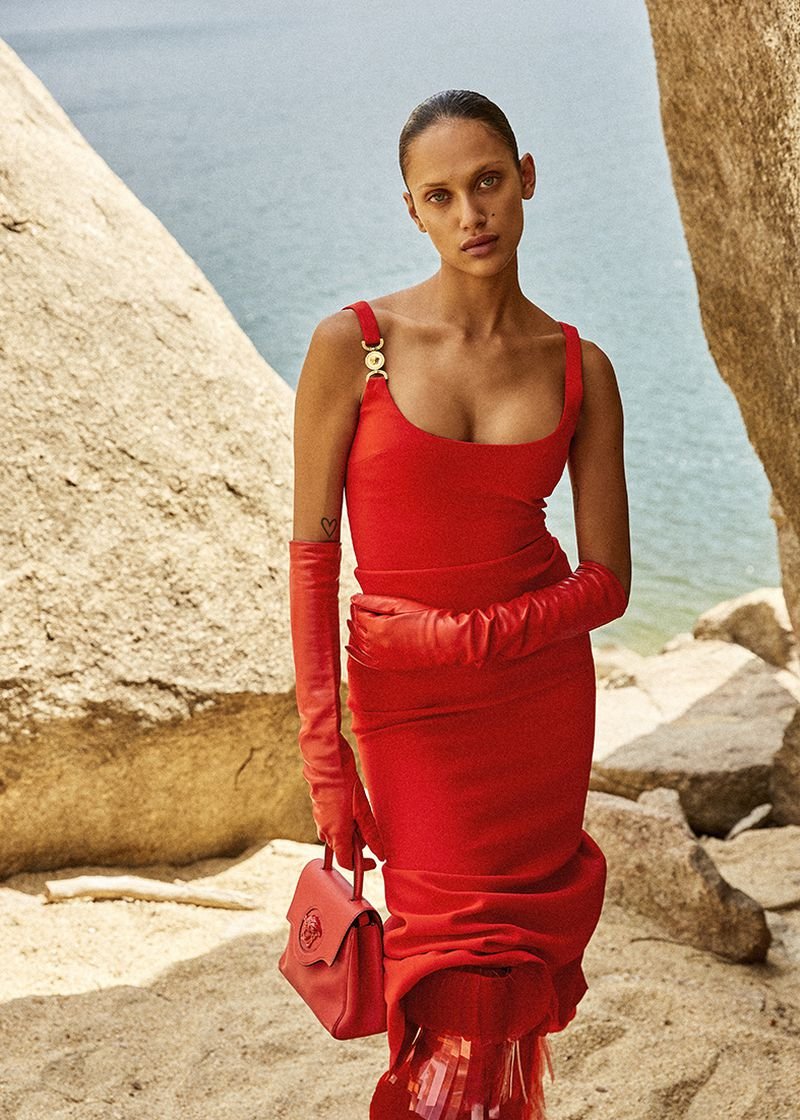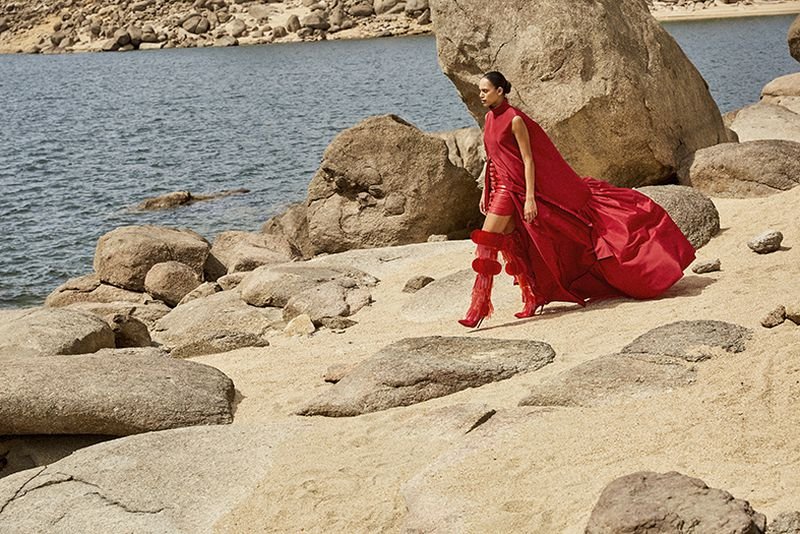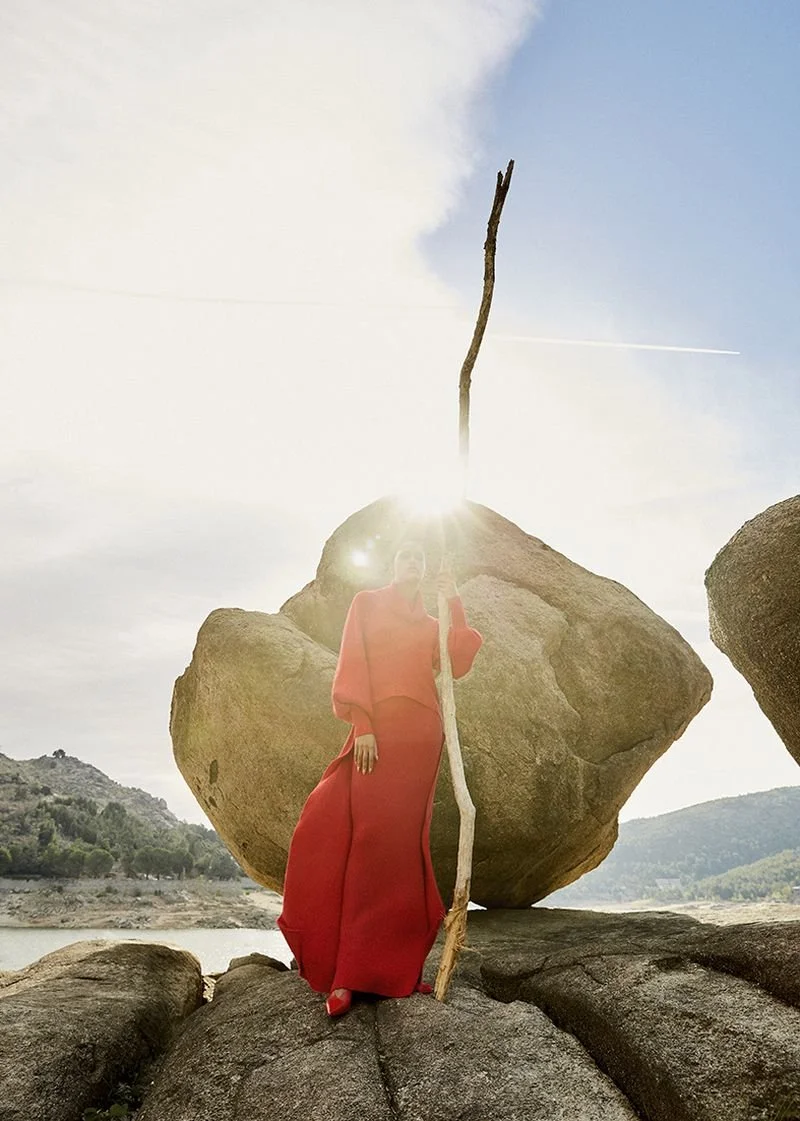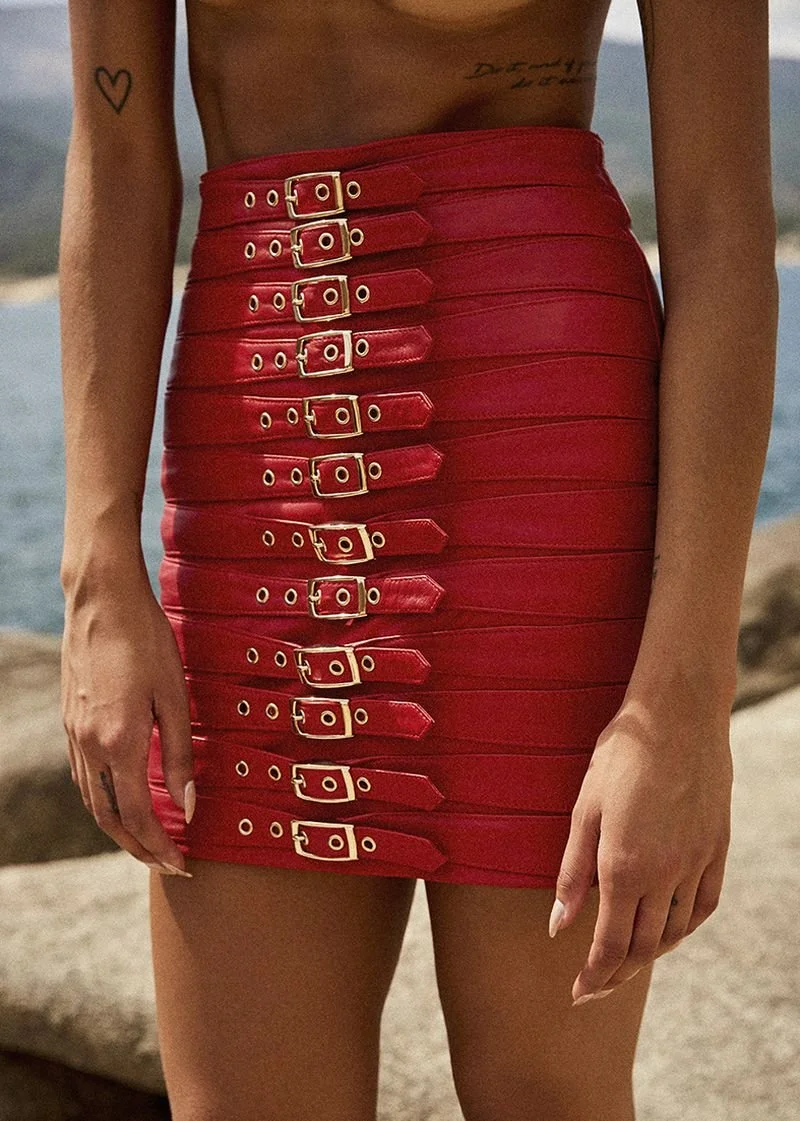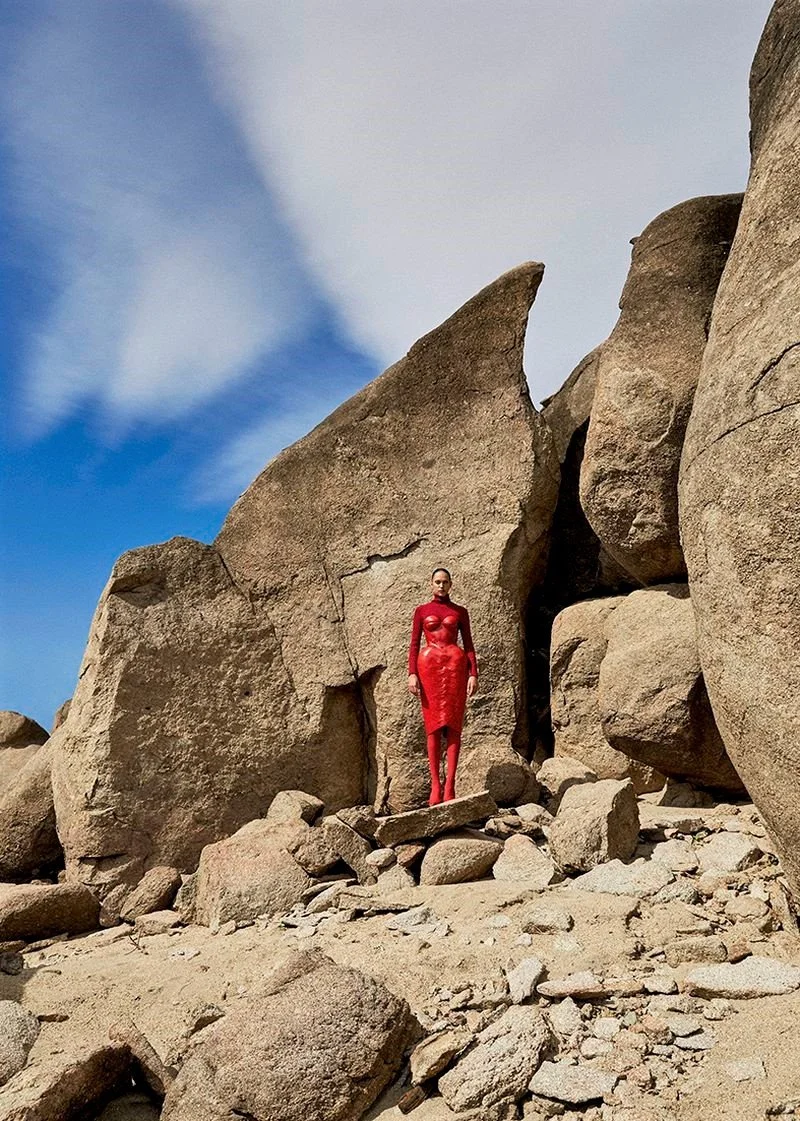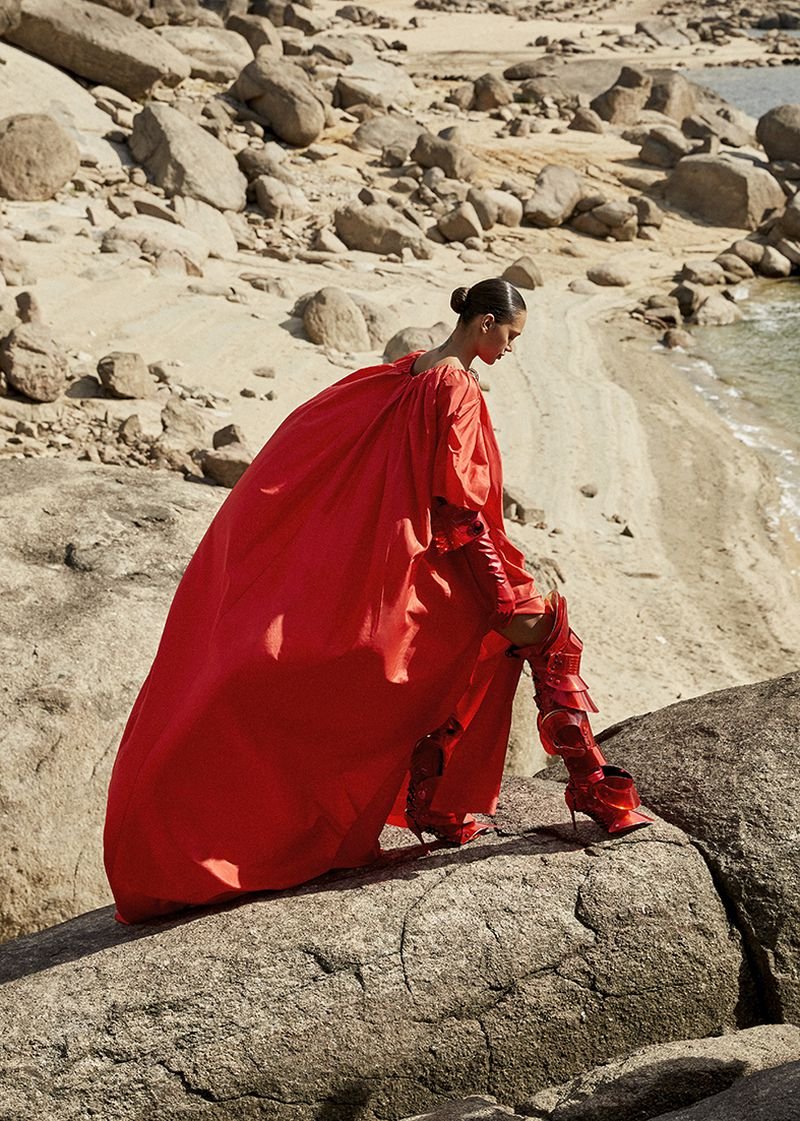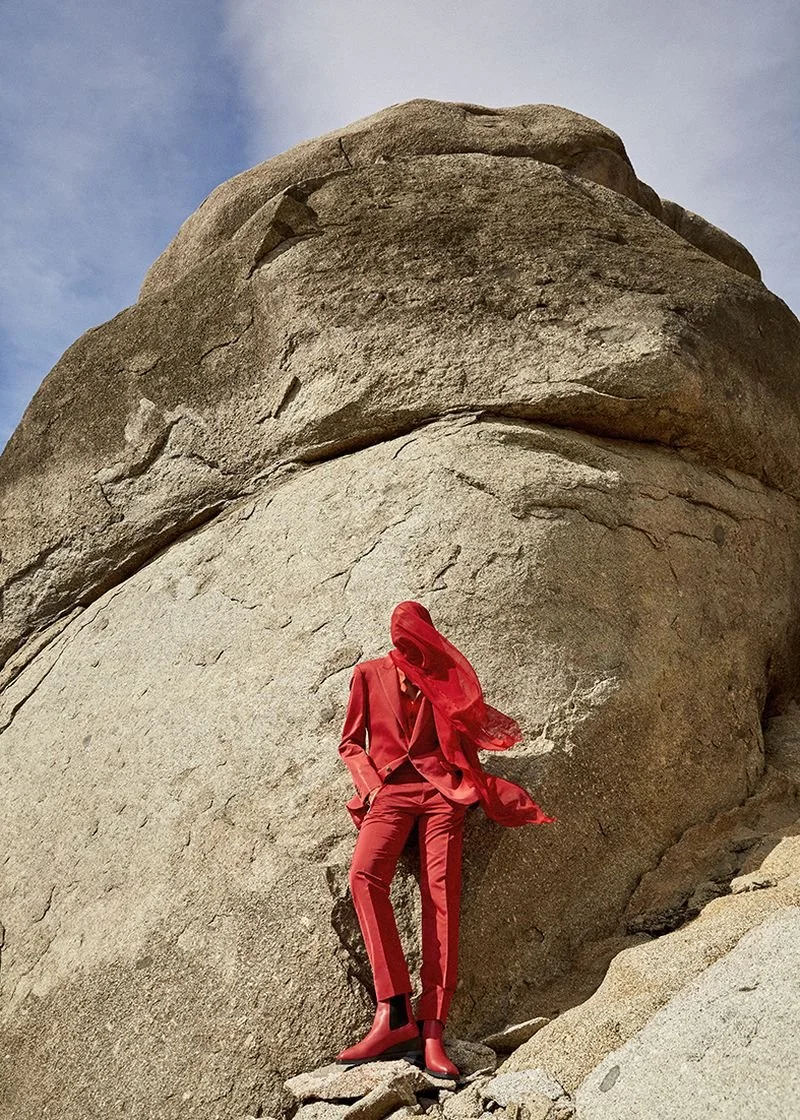Dior Cruise 2022 Campaign in Athens Touches on Women's History, Rise of Patriarchy
/Dior’s spectacular June Cruise 2022 show took place at the home of the modern Olympics, the Panathenaic Stadium in Athens. Now we have images from the campaign featuring Chai Maximus, Maryel Uchida, Selena Forrest and Steinberg. Elin Svahn styles the campaign. Fabien Baron provides art direction with photography by Julia Hetta.
Also known as Kallimármaro, the stadium is the only one in the world made entirely of marble. Originally built as a racecourse around 330 B.C., Kallimármaro fell into a state of disrepair before being renovated to host the modern Olympics in 1896. The sheer scale of the Panathenaic Stadium makes it visible from many points throughout Athens.
Fast-forwarding to Dior Creative Director for Women Maria Grazia Chiuri, her inspiration for her 2022 cruise show came during lockdown, when she rearranged furniture in her Paris apartment to accommodate a pilates machine.
“Sport is movement, sport is freedom. During lockdown, you would walk around your building just to get a sense of moving your body. That became our idea of freedom,” Chiuri said on press calls around the show.
Women in Athens were not permitted to participate in the Olympic games, unlike women in Sparta who had more rights and greater autonomy than the Athenian women. There were other events for women’s sports in Athens, but the Olympics were men-only, and they were required to compete naked to avoid any females crashing the games.
The rise of patriarchal power in fifth century B.C. Athens accelerated the dramatic decline of women’s freedoms in a compressed time period.
[Note that AOC will use traditional norms to speak about men and women in Greek life during this period. We assume that most readers know that various arrangements of homosexual relationships and also lesbian relationships were a common expression of sexuality at the same time that women’s general status in Greek life was declining.]
Maria Grazia Chiuri regularly tells women’s history in her fashion shows. In her cruise 2022 show, Chiuri bridged the technical properties of the sport with the couture-informed craftsmanship normally viewed as its polar opposite. This unlikely synergy is symbolic of women’s lives in Athens in the ancient period. Translated for the runway, the designer gave a sporty spin to beautiful draped goddess gowns — known as ‘peplos’ — pairing them with chunky Nike trainers.
“It gives this idea that they are not statues, but are active in the world,” creative director Maria Grazia Chiuri told WWD of the inspiration behind the gowns. “It’s really something absolutely contemporary: all the things that are under the dress are technical things that you can use also to run.”
“The peplos also is an element that allows the body to move freely, that evokes women in movement, and no one more than an athlete moves their body in a really active way,” she added. “So my idea was to culminate all these elements inside the show.”
Called the mother of all dresses, Chiuri loves the peplos. “I come from Roma, don’t forget. Around me, the reference of Greece is everywhere, on every statue. It’s my background,” she said, as an explanation for why her focus on functionality, movement and comfort translate easily into her Greek stadium inspiration.
Enjoy the campaign video.
